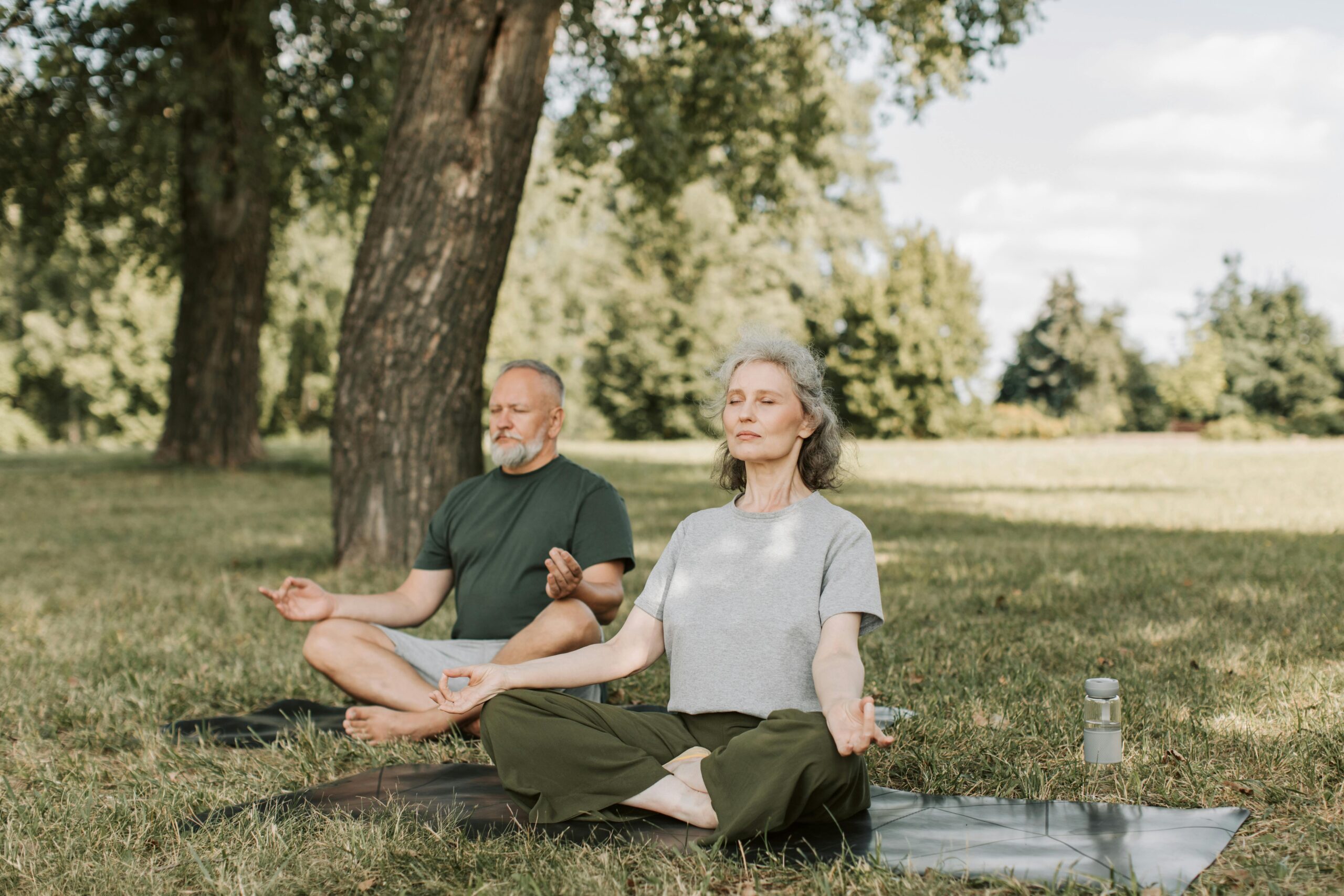Understanding Aerobic Exercise: A Friendly Guide

Aerobic exercise is called “cardio.” It makes use of the aerobic respiration process, meaning it burns oxygen for long durations. This kind of workout usually involves prolonged, repeated actions that increase heart rates and enhance cardiovascular health. These include running, cycling, swimming, walking, and group fitness classes, among others. Aerobic Exercise This article outlines the positive aspects, modes of activity, and suggestions on engaging in aerobic exercises to equip you with proper knowledge concerning how such activity plays an essential role in healthy life.
What is Aerobic Exercise?
Any exercise which makes your heart work faster and breathe harder involves large groups of muscles constantly and periodically. The word “aerobic” means requiring oxygen, therefore the energy generated during the activity involves the use of oxygen, thus the energy production from carbs and fats gets efficiently transformed into usable energy, therefore allowing for greater effort to be sustained over a more extended period while exercising aerobically.
Advantages of Aerobic Exercise
- Cardiovascular Fitness: The heart is made strong and its action of pumping blood improves and becomes efficient through aerobic activities. Chances of acquiring heart disease, high pressure, and blood cholesterol come down through aerobic exercises practiced regularly.
- Lung Efficiency: During aerobic exercises, the body’s ability to absorb oxygen and throw out carbon dioxide increases, hence enhancing respiratory functions, which further could improve stamina and performance at large.
- Weight management : Aerobically exercise and caloric, that should burn it- and any fitness program about losing some or all pounds for any is considered with its element; more important is adding aerobic exercises will raise an amount of extra calories expended through increased physiological costs related to physical performance 4. Psychological -Psychosomatic Benefits There is more and more discussion these years over the link between doing regular aerobic workouts and enhanced psychological health endorphin production. Typically referred as “feel- good,” it helps decreasing levels of stress, anxieties and depressions of all ages have shown some signs which associated mood that result.
- Improved Endurance and Hardiness: Enhanced aerobic capacity enables the ability to comfortably and efficiently complete routine exercises of daily life. Better performance in athletic and daily affairs is a direct result of enhanced endurance.
- Better Sleep: Normal aerobic exercise has been strongly associated with improved sleep characteristics. It will help individuals regulate their circadian patterns and reduce the incidence of insomnia, which leads to restorative sleep.
- Improved Immunity: The immune system is improved with moderate aerobic exercise, and the body fights illness and disease. Regular exercise lowers inflammation and improves immune responses.
Physiological Changes in Aerobic Exercise
The body undergoes the following physiological changes during exercise:
- Increase in Heart Rate: As the intensity of exercise increases, so does heart rate, which pumps more blood to deliver oxygen to working muscles.
Improved circulation due to the dilation of blood vessels, meaning there is increased oxygen flow that enables the muscles to support extended exercise.
Aerobic exercises mainly depend on carbohydrates and fats as fuel sources. The muscle breaks down the glycogen within the muscles into glucose for use in producing ATP as a means of cell energization.
- Oxygen Utilization: An aerobic workout enhances the proper use of oxygen by the body. This is frequently measured as VO2 max and is defined as the most amount of oxygen that one’s body can utilize for intense exercise.
Styles of Aerobic Exercise
Aerobic exercise encompasses a variety of styles suitable for every taste and ability:
- Running/Jogging: This is one of the most common aerobic exercises, and it can be done either outside or on a treadmill. It can be regarded as jogging to extreme level sprinting.
- Cycling: You can do this sitting on a stationary bike, or you can get along with it while going somewhere. It is also pretty easy to control for exertion.
- Swimming: It’s a comprehensive body exercise. Suitable for patients with problems in the joints since they minimize weight-bearing activity because in water, swimming develops muscular building alongside cardiovascular endurance.
- Walking:Walking is an aerobic exercise.Aerobic exercise might be a simple act most people can do since almost everyone is accustomed to the act of walking. And to increase its intensity can be walked fast and even uphill.
- Group Fitness Classes: Group aerobic classes, such as Zumba, step aerobics, or spinning, involve structured cardiovascular exercise and add a sense of community for participants.
- Dancing: Dancing could be an enjoyable means of providing cardiovascular fitness by participating in salsa, hip-hop, or ballroom dancing.
Recommendations for Aerobic Exercise
To maximally benefit from aerobic exercises, health authorities like the American Heart Association recommend:
- Frequency: Total at least 150 minutes of moderate-intensity aerobic physical activity or 75 minutes of vigorous-intensity physical activity a week. Examples of moderate-intensity activities are brisk walking or light cycling, where one can speak but not sing. Examples of vigorous-intensity activities are running or HIIT, where one cannot have a conversation.
- Variety: Mix up the type of aerobic exercise to avoid boredom, reduce the chance of injury, and hit various muscle groups.
- Listen to Your Body: Pay attention to your body’s response to exercise. If you are a beginner, start slowly and increase intensity and duration to avoid injury.
- Warm-Up and Cool Down: This should always be part of your routine, warming the body up before exercising, then cooling it down afterward.
Conclusion
Aerobic exercise is one of the most important parts of fitness. It offers benefits to health that go well beyond just losing weight. Aerobic exercise helps enhance cardiovascular health, improve mental well-being, and provide a better quality of life. It is one of the most important components in a balanced fitness regimen. Whether you will run, cycle, swim, or dance, whichever aerobic exercise you enjoy leading to a fit and active life, keep walking and see the journey as you always remain steadfast in your pursuits of a better body.









